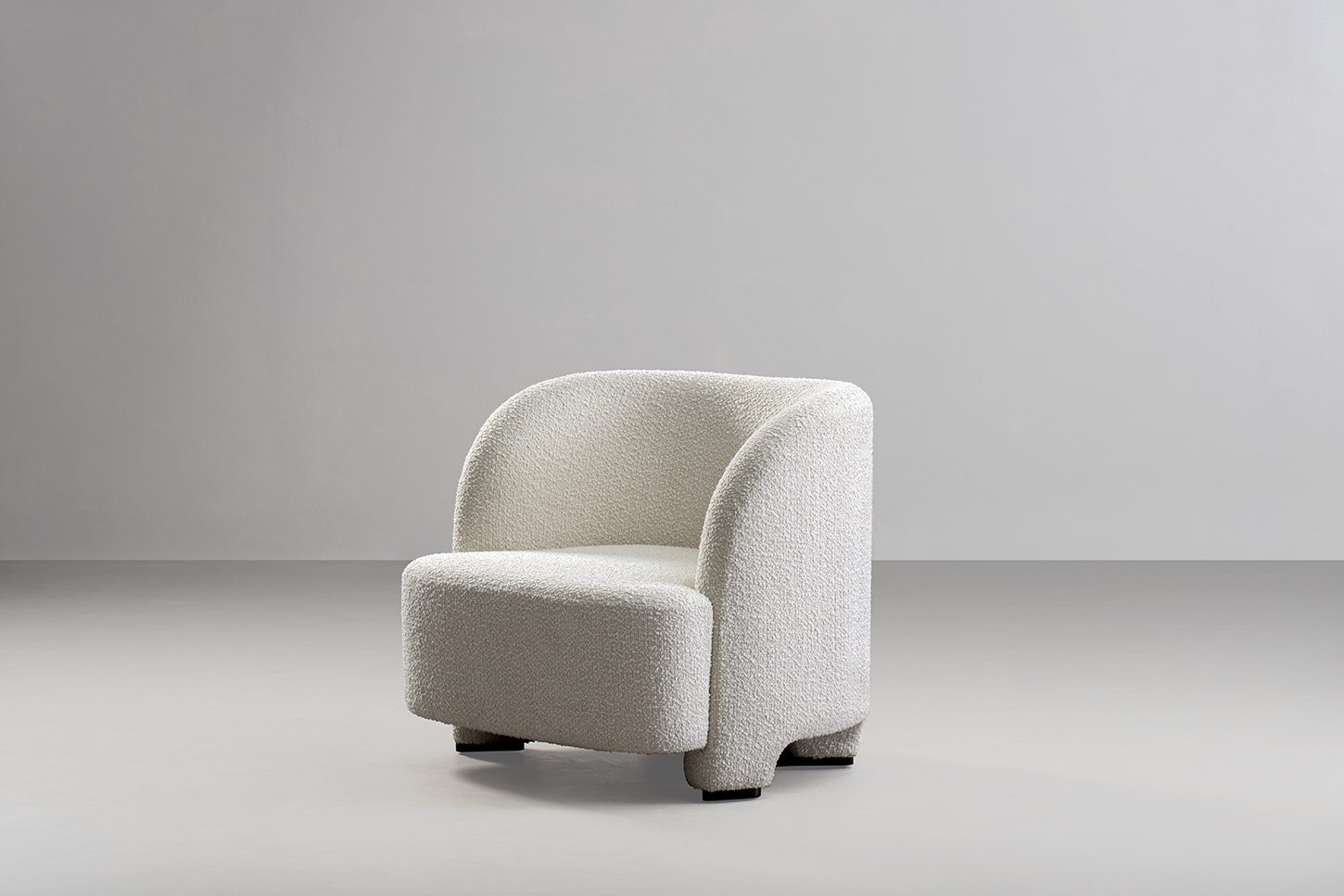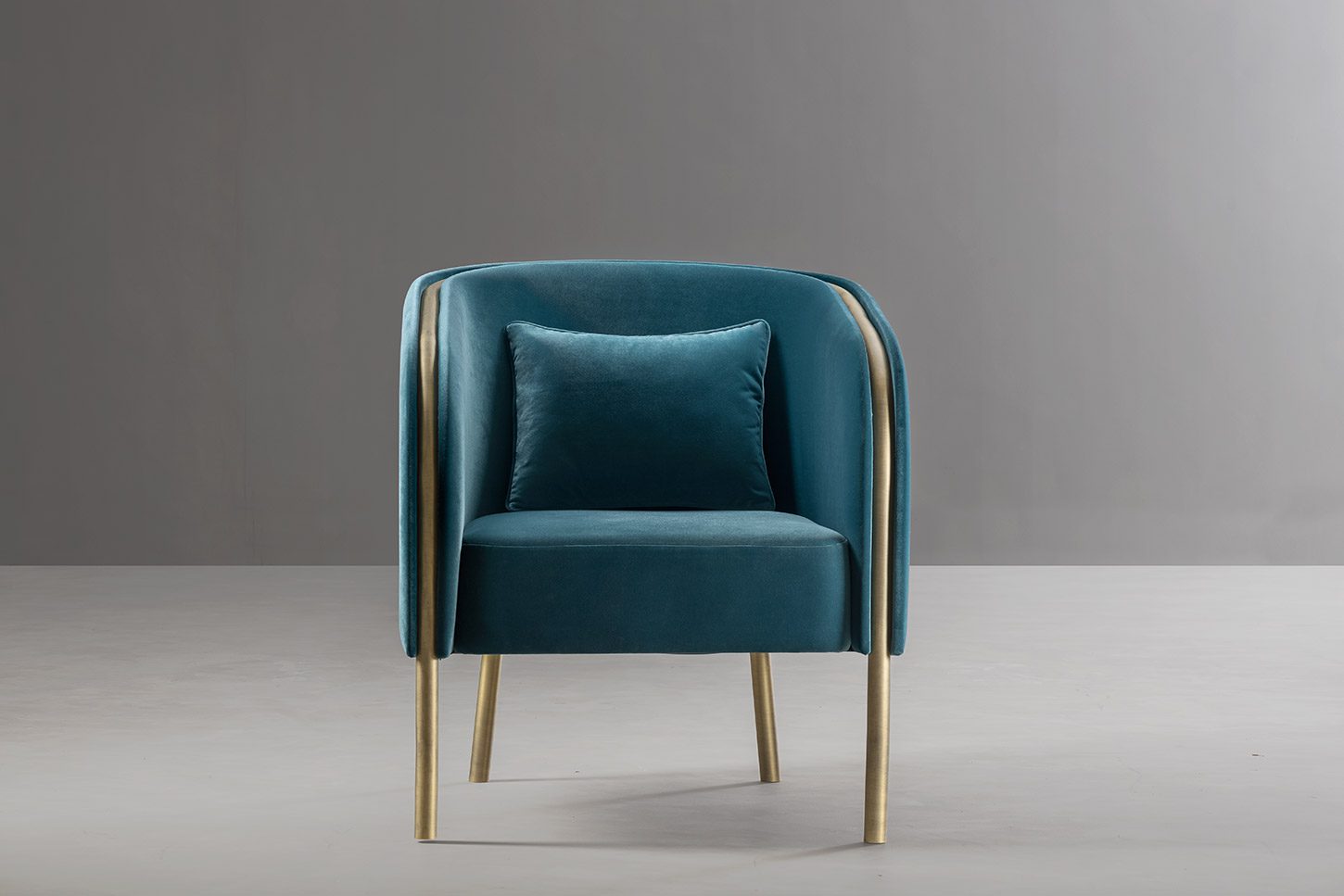An insight into pieces that make our lives easy and postures correct
Furniture makes for a big part of our everyday lives; right from the bed we sleep on, our work desks, dining tables, chairs, sofas and much more. Hence, furniture’s shape, size, and materials are of utmost importance for its functionality and our posture. Ergonomy is the applied science of equipment design intended to maximise productivity by accommodating comfort for the user. Thus, furniture pieces that are designed with ergonomics in consideration, derived from the proportions and natural curvature of the human body, impact the larger well-being of the users. Here are some furniture pieces where ergonomy is imperative for better functionality and comfort.
1. Lounge Sofa
There is a wide range of sofa styles available in the market today; varying from a sectional sofa, a sofa-cum-bed, chaise lounge, modern sofa, traditional diwan seating and many more options that are available. The essential feature to keep in mind while designing or selecting any piece, is that the hips should be aligned with the knees and ideally at a 90-degree angle while sitting on the couch. In addition, the backrest of the sofa should rest at such an angle that it supports the neck. In terms of materials, the piece of furniture should have a firm seat and a softback, made with foam to avoid stress to the body.

2. Task Chair
An ergonomic chair ensures the appropriate posture of the user. Therefore, the chair should have a 90-degree back angle built-in with lumbar support for the lower back to support the spine and avoid stress. Apart from that, other essential features are the option of adjustable height so that people of all sizes can have their feet flat on the floor while using it. Additionally, armrests are crucial elements of the chair that must be set at the appropriate height and distance from the body.

3. Worktable
Sitting at the correct height to ensure the user does not have to stretch or slouch, an ergonomic work table is essential for all workstations, whether at home or in the office. For example, if you use a monitor and a keyboard, the keyboard tray should be at an appropriate level. On the other hand, if you work on a laptop, the height at which you use the keyboard changes, and so does that of the table. What is also very important in an ergonomic table is a footrest. A workstation is usually used for around 6-8 hours a day, and hence, the element is crucial for comfort.

If your furniture pieces are not ergonomically sound, it reduces discomfort and stress buildup in the body, which affects the wellbeing of an individual. On the other hand, if your workstation and chair are ergonomically comfortable, it leads to more productivity and a good body posture which keeps one happy and content.




 No products in the cart.
No products in the cart.